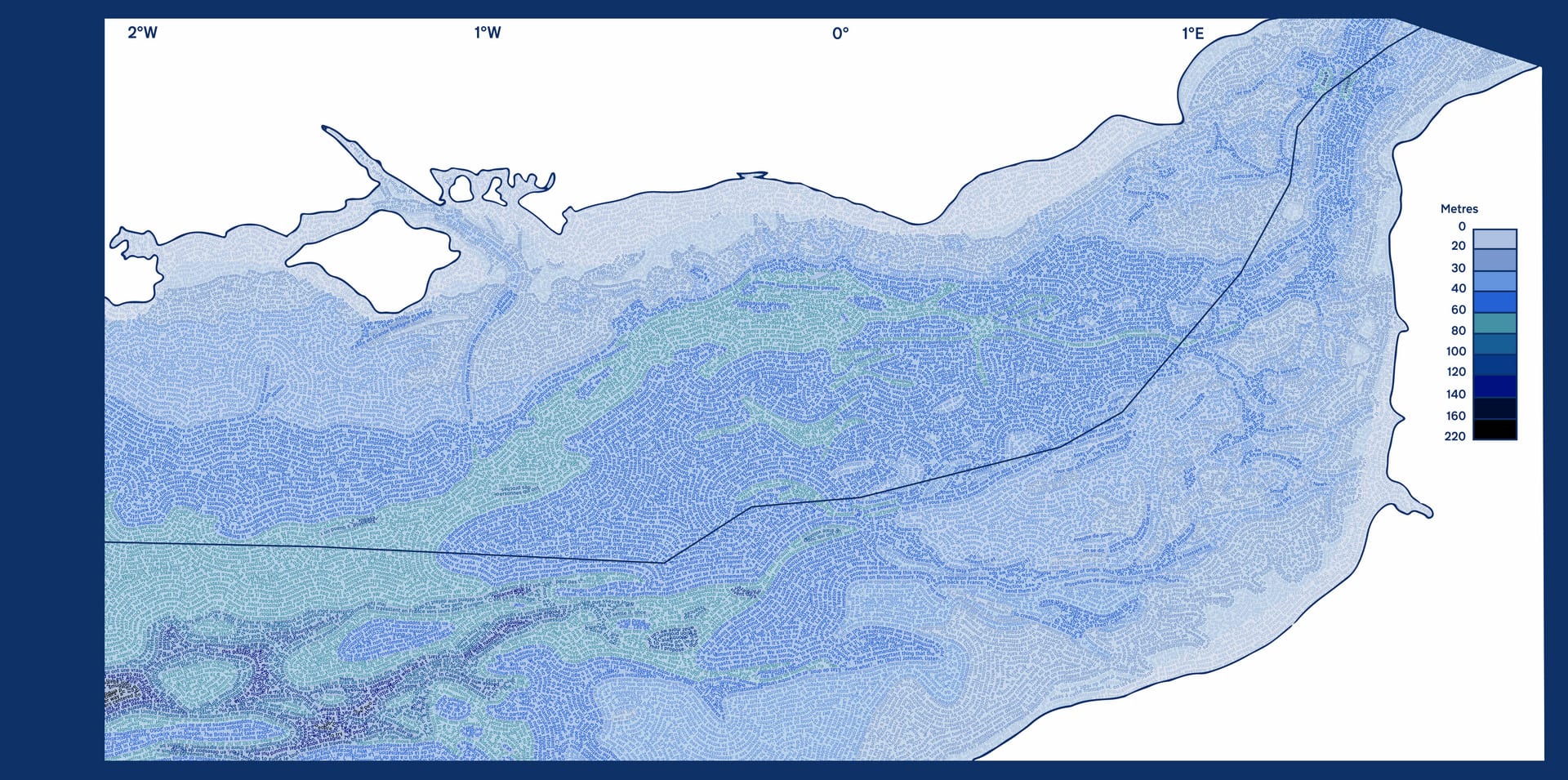Kate Milligan (b.1996) is a Western Australian composer, designer, and interdisciplinary researcher.
With a background in feminist musicology, her work critically examines the entanglement of social and natural phenomena. Fundamental to her practice is exploratory music notation, and the interrogation of audio-visual correlation through graphic, animated, and sculptural media. Her work is presented in a myriad of disciplinary contexts, from concert halls to galleries.
She has been commissioned by electro-acoustic ensembles across Australia and the UK. Her work has received support from APRA AMCOS and the Australian Music Centre, as well as the Australia Council for the Arts. Recent work includes a performance-installation for the London Symphony Orchestra Soundhub, and a spin-system instrument presented at the IRCAM Forum for spatial sound.
Kate's study at the RCA is generously supported by the Schenberg Music Fellowship and the Ian Potter Cultural Trust. She holds a MMus (musicology) and a BA(Hons) (composition) from The University of Western Australia. Her writing on gender and aesthetics is published in both popular and academic contexts.











